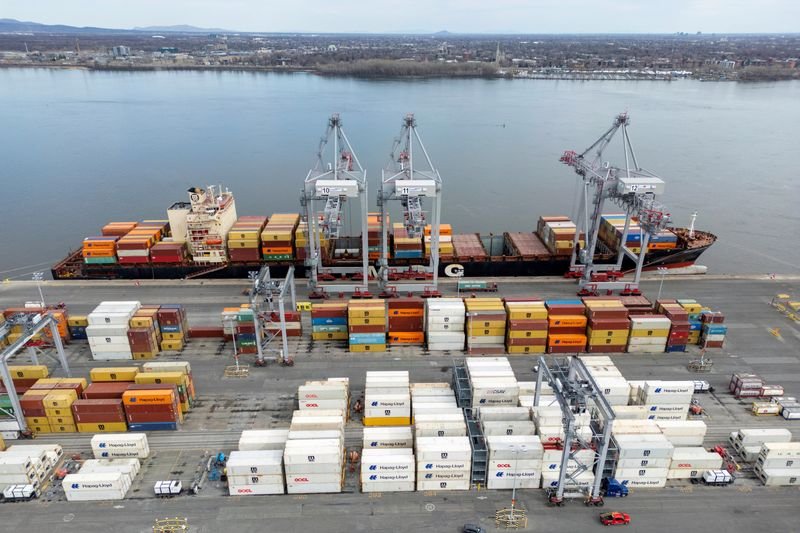Canada Faces Renewed Tariff Concerns
In recent developments, Canada is again at the center of tariff disputes, drawing attention from various sectors. Understanding the implications of this renewed focus is essential for businesses and consumers alike.
Background of Tariff Disputes
Tariffs have long influenced trade relations, and Canada’s strategic positioning in international markets makes it a key player. Ongoing negotiations concerning tariffs have seen both ups and downs, impacting several industries such as lumber, steel, and agriculture. The evolution of these trade policies often correlates with broader economic trends, and recent shifts signal potential changes on the horizon.
Key Industries Affected
The Canadian economy is heavily reliant on specific sectors which are susceptible to tariff changes. The lumber industry stands out due to its significant exports to the United States. Changes in tariff rates can have a direct effect on pricing and availability for consumers.
Similarly, the steel and aluminum sectors face challenges as tariffs can escalate production costs. In light of these tariffs, Canadian manufacturers may need to reevaluate their pricing strategies while addressing the need for competitive advantage against global rivals.
Implications for Canadian Consumers
As tariffs are introduced or adjusted, the repercussions often extend to consumers. Increased costs for goods can lead to higher prices in retail, directly affecting household budgeting. For example, furniture and home construction costs might rise due to tariffs on lumber, influencing decisions for homeowners and contractors alike.
Additionally, the price of automobiles could be impacted, particularly if tariffs are placed on imported auto parts. Consumers could notice these effects at dealerships, leading to decisions concerning new purchases or delaying upgrades.
Potential Reactions from the Government
Government response to tariff implications is critical. Policy adjustments may be initiated to protect Canadian industries and consumers. This could involve creating support mechanisms for affected sectors, such as financial assistance or advocacy in international trade discussions.
Furthermore, government trade representatives may engage in dialogue with their U.S. counterparts to seek a resolution that minimizes the impact of tariffs. Open channels of communication are crucial for fostering a stable trading environment.
Trade Relations with the U.S.
Canada and the United States share one of the largest trading relationships globally. The interconnected nature of their economies means that changes in tariff policy can create waves of impact across both borders. Initiating negotiations to address tariff concerns is vital for mutual economic stability.
Efforts to maintain sound diplomatic relations will likely be a priority for Canadian representatives as they navigate these discussions. Strengthening partnerships can pave the way for better outcomes and reduced friction.
The Role of International Agreements
International trade agreements play a significant part in shaping tariff policies. Canada’s participation in frameworks such as the United States-Mexico-Canada Agreement (USMCA) exemplifies the commitment to foster stable trade relations.
These agreements often contain provisions aimed at reducing or eliminating tariffs, thereby benefiting multiple stakeholders. Adhering to international trade commitments can also enhance Canada’s position in global markets.
The Outlook Ahead
As Canada finds itself back in the arena of tariff discussions, staying informed about the evolving landscape is essential for both businesses and consumers. Understanding how these tariffs affect pricing, availability, and international relationships will be crucial for strategic planning.
Market participants should remain vigilant, continuously adapting to the shifting dynamics of trade policies. Awareness and proactive measures can mitigate potential setbacks resulting from tariff changes.
In conclusion, while the return of tariffs may bring challenges, it also provides opportunities for businesses and government entities to explore new strategies and solutions. The ongoing evolution of trade policies will undoubtedly shape Canada’s economic landscape in the coming years.
